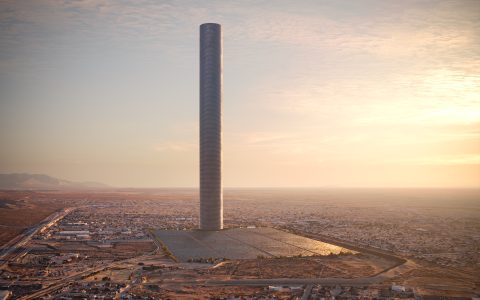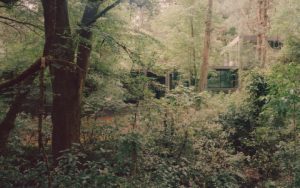Hotel architecture transcends mere functionality, shaping guest experiences and defining brand identity. Here are impactful ideas drawing from real-world innovation:
Sustainability As Core Design Principle
Leading hotels integrate eco-consciousness intrinsically. The Treehotel in Sweden features elevated 'nests' clad in mirrored glass, reflecting the forest and minimizing visual impact. Others utilize mass timber construction, green roofs doubling as habitats, and passive solar design to drastically reduce energy demands. Locally sourced, recycled materials are paramount.
Mixed-Use Integration & Community Connection
Moving beyond isolated destinations, hotels are woven into urban fabric. The Hoxton series revitalizes historic buildings, activating ground floors with public spaces like co-working areas, buzzy restaurants, and curated retail. This creates vibrancy, attracts locals, and makes the hotel a neighborhood hub rather than a closed entity.

Reinterpretation of Heritage
Preservation meets modern luxury. Aman Resorts excel at transforming palaces and monasteries, like Amangalla in Galle Fort. Authentic structures are meticulously restored, juxtaposing ancient stonework with minimalist, contemporary interiors that highlight the original craftsmanship without overwhelming it. New interventions are deliberately contrasting yet respectful.
Biophilic Design for Wellbeing
Deepening the connection to nature improves guest wellness. Projects like Six Senses in various locations maximize natural light and ventilation. Extensive indoor planting, central courtyards filled with greenery, natural materials (wood, stone, rattan), and water features create serene, restorative environments. Views to nature are prioritized in room layouts.
Bold Geometric Forms & Material Innovation
Iconic silhouettes create memorable landmarks. The Morpheus Hotel in Macau features an exoskeleton-inspired lattice façade, enabling unique column-free interior spaces. Others experiment with parametric design using advanced computational tools, or utilize striking materials like sculpted concrete, textured metals, or innovative composites for dramatic visual statements.
Key Considerations for Success
- Guest Journey Mapping: Design must intuitively facilitate movement from arrival through to rooms, amenities, and departure, minimizing friction points.
- Operational Efficiency: Innovative forms and materials must align with practical maintenance, housekeeping logistics, and energy systems.
- Cultural Context & Authenticity: Whether minimalist or ornate, design should resonate meaningfully with its location and avoid pastiche.
- Future Flexibility: Designing adaptable spaces allows for evolving guest expectations and different operational models over time.






